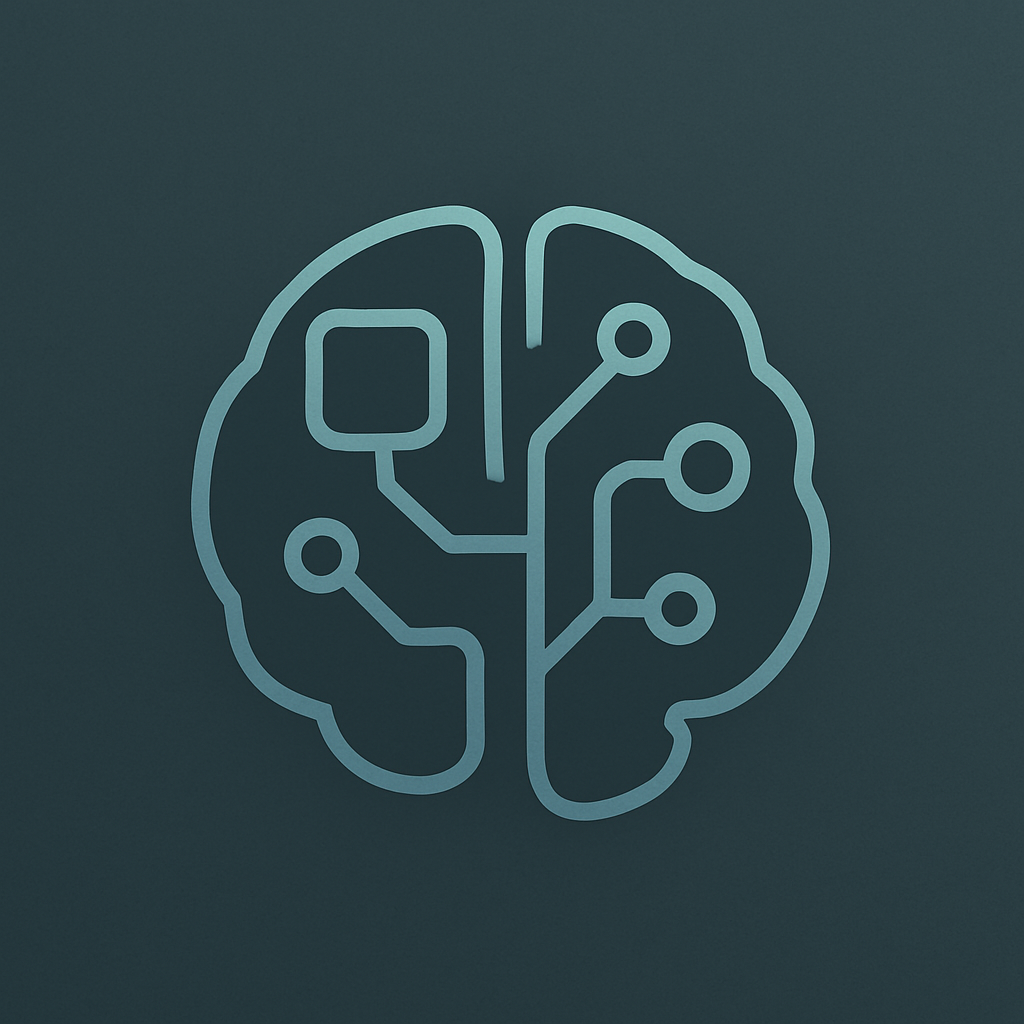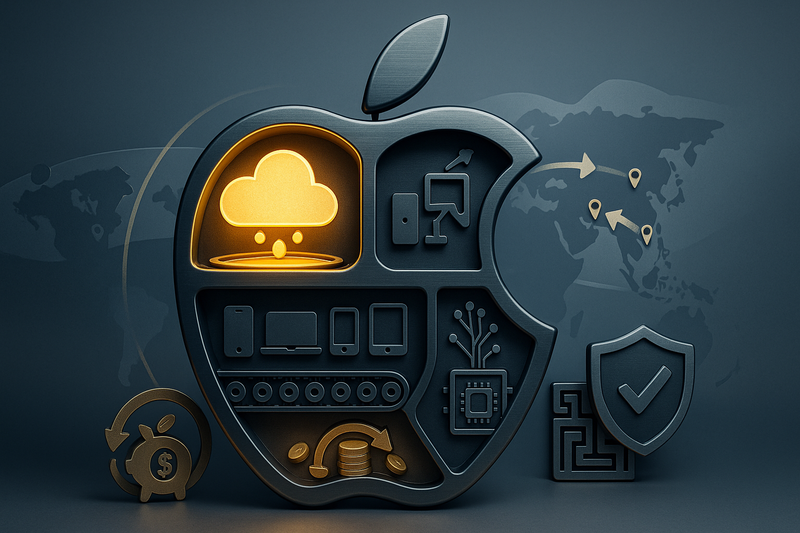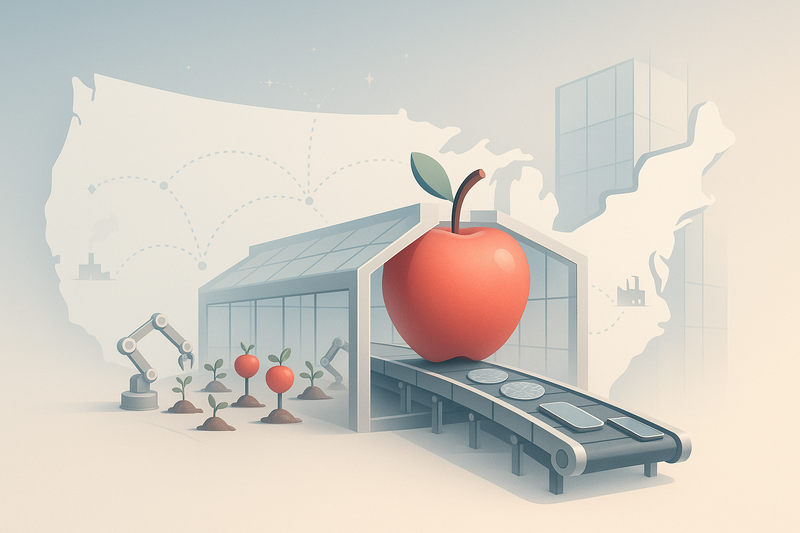Apple's AI Evolution - Navigating Challenges, Strategic Shifts, and Future Directions in Apple Intelligence, Robotics, and Chatbot - Apple的AI演进 - 在Apple Intelligence、机器人与Chatbot领域的挑战、战略转型与未来方向
As its grand AI vision falters amidst internal turmoil and delayed promises, can Apple pivot fast enough to redefine its future in the new era of intelligence?
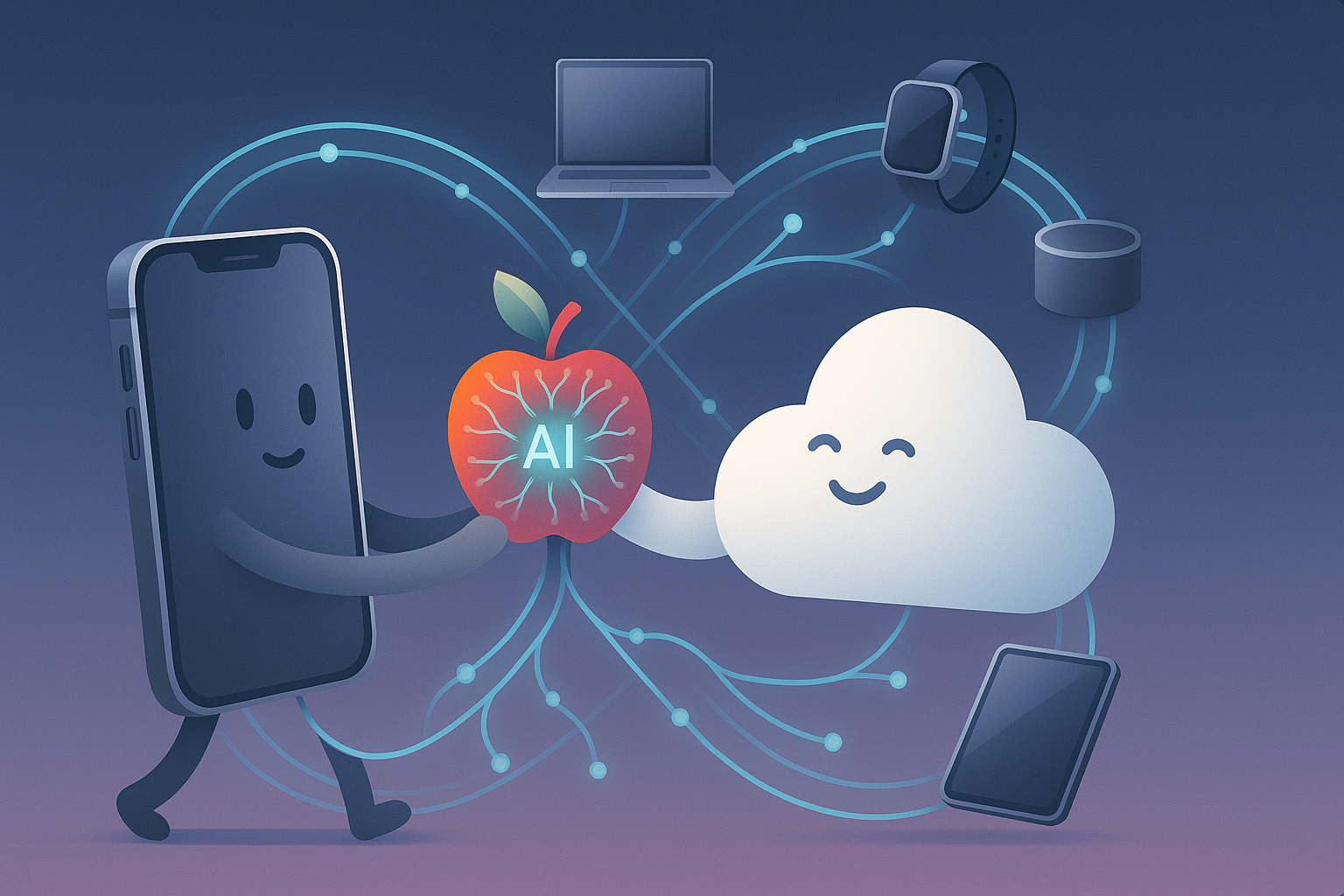
Apple's AI at a Crossroads: A Painful Pivot Amidst Grand Visions and Execution Stumbles
When Apple's grand AI vision collides with internal turmoil and delayed promises, the tech giant, renowned for its precision and perfection, faces a profound question: can it pivot fast enough to redefine its future in artificial intelligence, robotics, and search? This is not just a technological race, but a severe test of its core culture and organizational capabilities.
At last year June's Worldwide Developers Conference (WWDC), Apple ambitiously unveiled Apple Intelligence, positioning it as "AI for the rest of us." The core concept was to seamlessly and deeply integrate generative AI into the operating system as an empowering technology, offering an unprecedentedly personal, context-aware, and privacy-centric user experience. The vision was undoubtedly exciting, painting a picture of an intelligent ecosystem that truly understands its users.
The vision of Apple Apple Intelligence
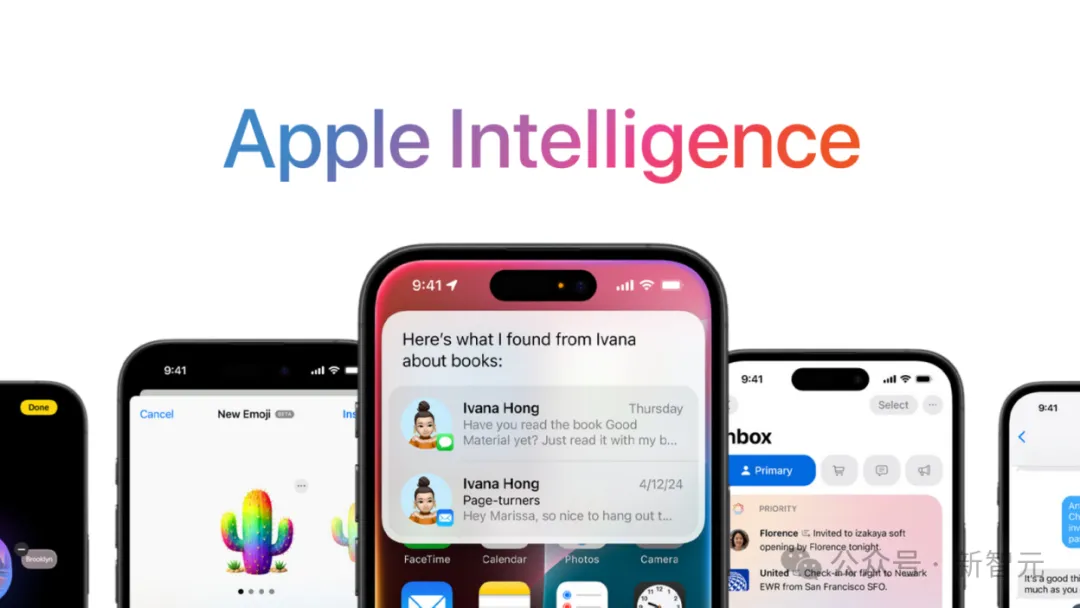
However, beneath the magnificent blueprint lies a reality of stumbling execution. The launch of Apple Intelligence initially boosted the company's stock price, but the promised features have faced severe delivery delays, sparking external skepticism and internal unrest. This has turned Apple's AI path from a promising expressway into a challenging, rugged mountain road.
Chapter 1: The Weight of Promises: The Plight of Apple Intelligence and Siri
Apple's AI story began in 2011 when, a day before co-founder Steve Jobs's passing, company executive Phil Schiller introduced Siri to the world. Initially seen as a product of science fiction, this voice assistant carried Apple's imagination for future interaction.
Executive Phil Schiller introducing Siri in October 2011
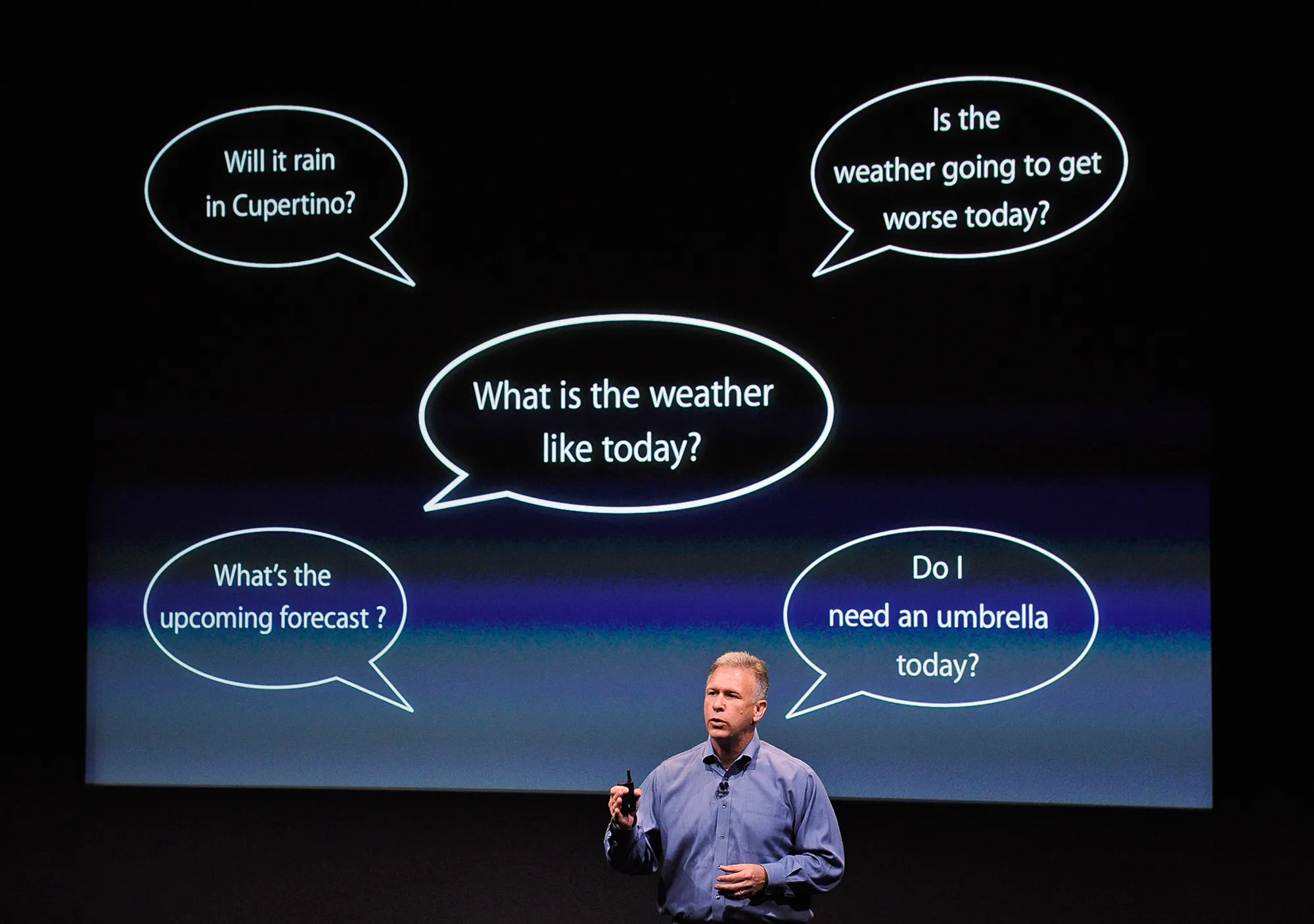
Yet, over a decade later, Siri's development has not met expectations. While voice assistants from Google and Amazon.com Inc. grew increasingly powerful, Siri struggled with basic comprehension and command execution, its performance lagging significantly. The release of Apple Intelligence was meant to be the catalyst for Siri's complete overhaul. Apple previewed a brand-new Siri, powered by large language models, that would, for the first time, be able to deeply understand a user's personal data and on-screen content to provide truly intelligent responses.
A screenshot from an Apple TV ad showing actress Bella Ramsey demonstrating the new Siri's features
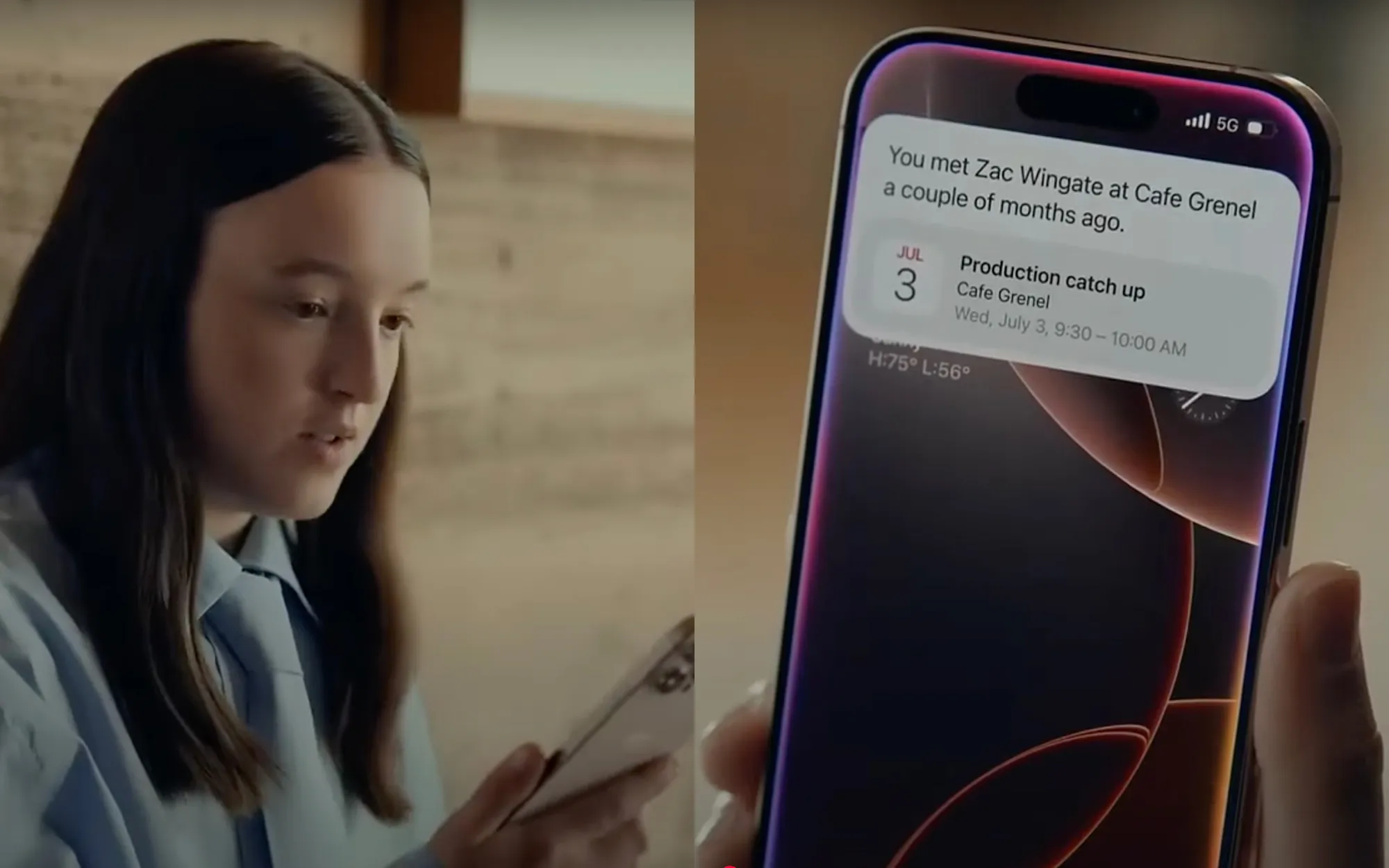
Unfortunately, the fulfillment of this promise is nowhere in sight. The new Siri, originally slated for an April 2025 launch, has been indefinitely postponed due to functional imperfections and may even face a rebuild from scratch, with a technical foundation not expected until iOS 19 in 2026 at the earliest. Other Apple Intelligence features have also faltered: the first writing and summarization tools were delayed by a month and a half, the highly anticipated "Genmoji" didn't launch until December, and a major upgrade to the notification feature was pushed to March of the following year.
Facing external questions, Apple executives admitted in interviews that the delays were because the product failed to meet the company's stringent standards for quality and reliability. Head of software engineering, Craig Federighi, emphasized, "We want Siri to be very reliable, and we weren't able to achieve the reliability in the time we thought." He firmly denied that the new Siri was "vaporware," claiming that what was shown was real, working software, but its error rate in handling open-ended requests and on-device personal data was unacceptably high.
Craig Federighi emphasizes the critical importance of Siri's reliability

Marketing chief Greg Joswiak added, "It would have been more disappointing to ship something that didn't hit our quality standard." This statement highlights Apple's dilemma: in the fast-iterating era of AI, its traditional, near-obsessive pursuit of product perfection is clashing fiercely with the practical realities of technological development.
Greg Joswiak elaborates on Apple's commitment to its quality standards

To address this, Apple is reportedly adopting a pragmatic two-pronged approach to rebuilding Siri's underlying architecture. The first, codenamed Lynnwood, relies on upgrading Apple's in-house foundation models, though this effort has faced challenges, including talent being poached by competitors like Meta. The second, codenamed Glenwood, serves as a crucial backup plan: rebuilding Siri using proven third-party technologies from partners like OpenAI, Google, or Anthropic. This dual-track strategy demonstrates Apple's determination to deliver a revamped Siri, even if it means temporarily relying on external capabilities while its internal models mature.
Chapter 2: Beneath the Surface: The Internal Crisis Shaking Apple's AI Foundation
Product delays are merely the symptom of a deeper internal crisis. Multiple former employees have described Apple's AI team as being "in crisis" and even a ship that has "been sinking for a long time." The roots of this crisis are complex, involving corporate culture, leadership, resource allocation, and organizational structure.
First, a fundamental misalignment exists between the company's culture and the AI development model. Apple is known for its methodical, meticulously polished product release cadence, whereas the AI field demands faster, messier, and even more invasive iteration. This cultural mismatch has made Apple seem out of step in the AI race.
Second, early skepticism from leadership and sluggish investment in resources. According to reports, software chief Craig Federighi was once skeptical about making significant investments in AI. More critically, Apple was slow to procure GPUs, failing to anticipate the explosive growth in demand. This led to a GPU shortage for Apple after competitors had already snapped up a large portion of the global supply, severely slowing down the training of its AI models.
Third, a rigid organizational structure and intense internal conflicts are another major issue. The situation has not improved since Apple hired John Giannandrea (JG) from Google in 2018 to unify all AI projects. There has been a severe cultural clash and competition between JG's AI/ML team and the software engineering team, to the point of being derisively nicknamed "AIMLess" internally. The Siri team itself was plagued by indecision over technical roadmaps (such as the "mini-mouse" vs. "mighty-mouse" model debate), leading to significant internal friction.
Finally, the double-edged sword of "privacy" has become Apple's golden cage. Apple's unwavering commitment to user privacy is a core value of its brand, with CEO Tim Cook repeatedly stressing that there is no trade-off between privacy and AI. However, this strict privacy policy has severely limited AI researchers' access to massive amounts of user data for model training, making its data utilization far more conservative than competitors like Google, Meta, and OpenAI. One insider complained, "There are a thousand 'no's' for doing anything in this space. You have to fight the privacy police to get anything done."
Tim Cook speaking publicly about Apple's stance on privacy
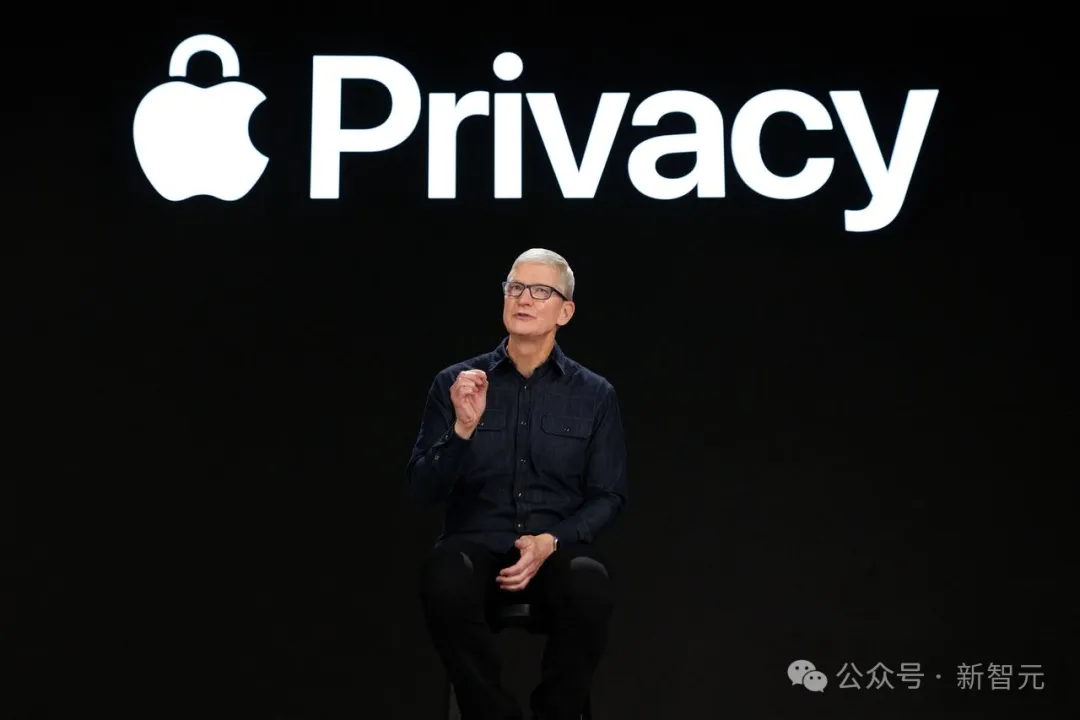
Chapter 3: Silent Moves, Big Implications: Quiet Forays into Robotics and Chatbots
Despite major setbacks in its core Apple Intelligence project, Apple has not stood still. In the more cutting-edge field of embodied intelligence (robotics) and the strategic area of AI chatbots, Apple is quietly making moves, demonstrating its resolve to pivot strategically.
Innovative Explorations in Robotics: From "Expressiveness" to "Perception"
In a rare move, Apple publicly disclosed the research of its robotics team, showcasing a robot lamp prototype named ELEGNT. The unique aspect of this project is its departure from a humanoid form. Instead, it is deeply inspired by the Pixar animated short Luxo Jr. and focuses on interacting with people through elegant and expressive movements. Research showed that this expression-driven design significantly increased user engagement and the perceived quality of the robot.
The ELEGNT robot lamp prototype

ELEGNT's performance in various life scenarios
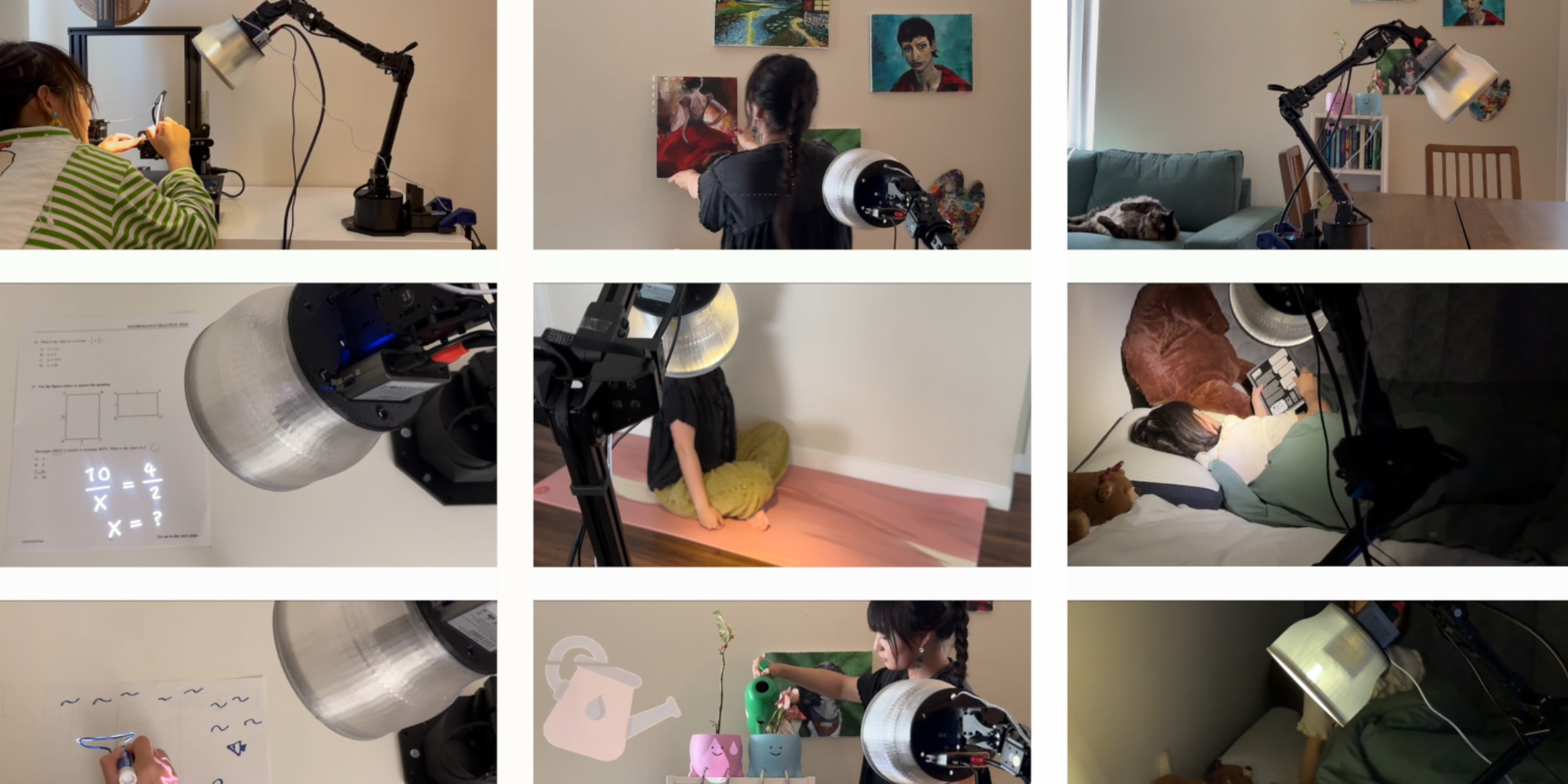
Design details of the ELEGNT project: hardware composition and expressive motion design framework
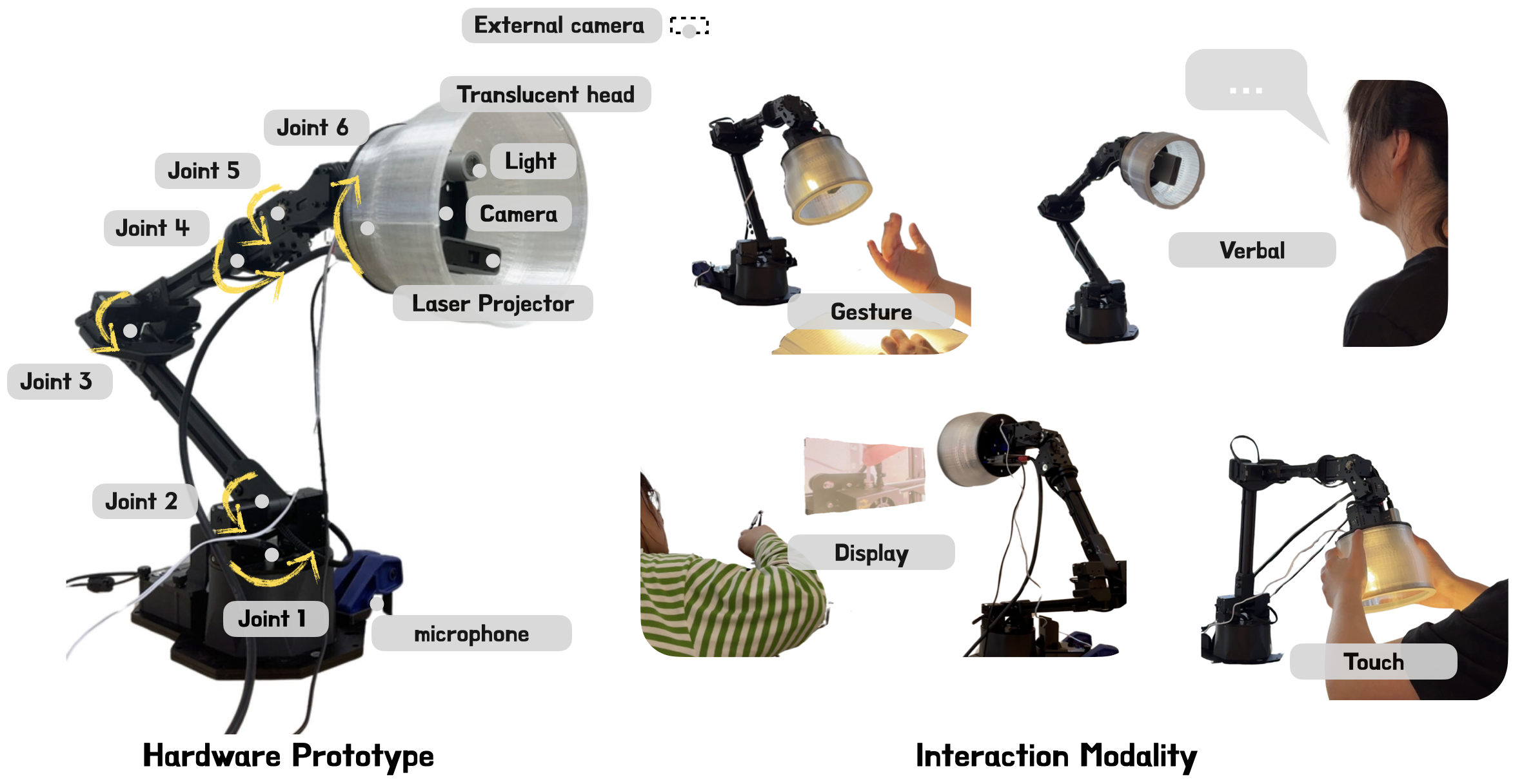
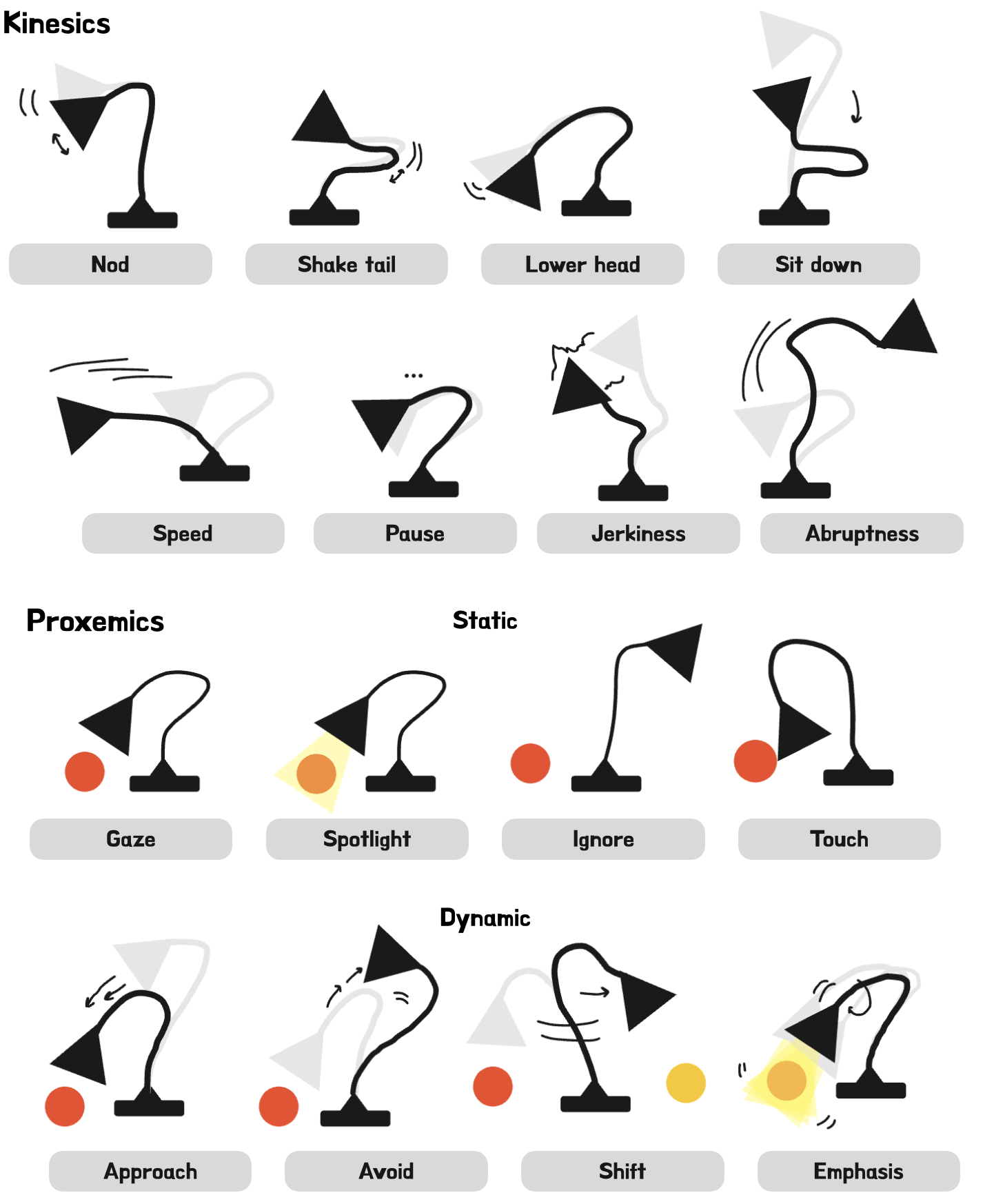
Simultaneously, Apple has made some progress in core humanoid robotics technology. Its ARMOR perception system successfully addresses the blind spots caused by occlusion in traditional robots by distributively mounting 40 small depth sensors on the robot's arms and combining this with an imitation learning strategy based on a Transformer architecture. Experiments on the Fourier_Intelligent GR-1 robot showed that the system drastically reduced the collision rate by 63.7% and improved computational efficiency by 26-fold.
The ARMOR system: Egocentric Perception for Humanoid Robot Collision Avoidance and Motion Planning
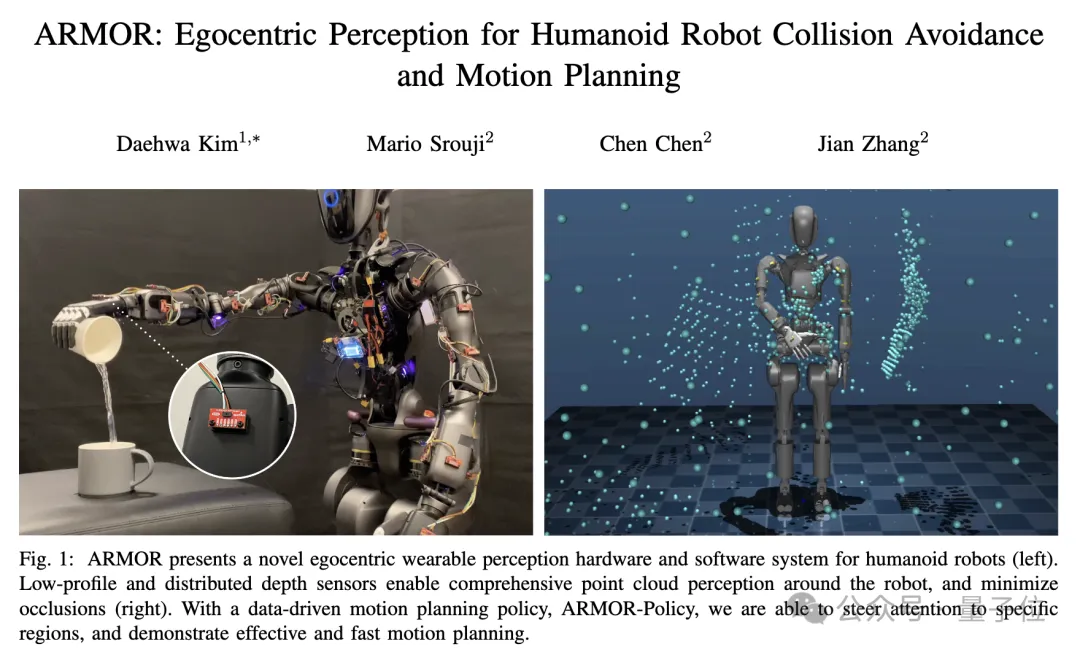
ARMOR-Policy learns motion planning via imitation learning
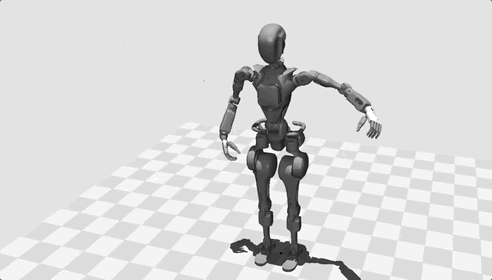
These academic explorations are not just theoretical exercises; they directly feed into Apple's ambitious product roadmap for home robotics. According to Bloomberg's Mark Gurman, the core of Apple's next major hardware line is Robotics, with a focus on the Smart Home. The flagship project is a Tabletop Robot planned for around 2027. This device, featuring an iPad-like display and a mechanical arm, is designed to physically interact with users—moving around a room, following users, and assisting with tasks. The goal, as Gurman puts it, is "to bring artificial intelligence to life in a way that hardware companies have not done so before, blending the AI with hardware manipulation and robotics."
As a precursor, Apple is also developing a HomePod with a screen for next year, a variation of the tabletop robot but without the mechanical arm. Complementing this push into the home is a new Home Security Camera System, designed to compete with incumbents like Ring and Nest, and serve as a central sensor for Apple's broader home automation strategy.
A Strategic Pivot in Chatbots: From "Dependency" to "Self-Reliance"
In the AI chatbot space, Apple's strategy has also undergone a 180-degree turn. Initially, Apple explicitly stated it would not develop its own chatbot, opting instead to integrate OpenAI's ChatGPT into Siri. However, practical pressures have forced Apple to reconsider.
- Competitive Pressure: The widespread popularity of AI products like ChatGPT has proven their immense user value.
- Product Shortcomings: Apple Intelligence currently lacks powerful search capabilities, and Siri often has to resort to ChatGPT or traditional web search to answer questions.
- Regulatory Risk: Apple's default search engine agreement with Google, worth about $2 billion annually, is facing a serious challenge from the US Justice Department. If the deal is forcibly changed, it would cost Apple billions of dollars.
Facing these challenges, Apple has quietly formed a new Answers, Knowledge and Information (AKI) team dedicated to building a ChatGPT-like "answer engine" that crawls web information to directly answer users' general knowledge questions. The team has begun posting job ads explicitly seeking talent with experience in search algorithms and engine development, signaling a critical step towards building its own autonomous search capability.
Chapter 4: Radical Surgery: A Major Organizational Overhaul for the Future
To address its deep-seated internal problems, Apple is undergoing profound "radical surgery" on its organizational structure. The core of this restructuring is the dismantling of the unified AI division under John Giannandrea, reverting to the decentralized management model that existed before his arrival. This move is seen as a direct response to the failure of the unified management approach over the past six years.
In March 2025, the troubled Siri team was spun off from JG's division and placed under the leadership of Vision Pro head Mike Rockwell, who reports directly to software chief Craig Federighi. The move aims to leverage Rockwell's experience in tackling tough technical challenges to inject new vitality into Siri's development.
Subsequently, in April, the secretive robotics team was also separated from JG's division and moved to the hardware engineering division led by John Ternus. This realignment is not merely administrative; it aligns perfectly with the company's long-term product vision, which centers on hardware like the planned tabletop robot, and could grant the team more resources and attention. These changes have been interpreted internally as a response to a "lack of confidence" in product development capabilities at the highest levels. For JG, his scope of responsibility has been significantly reduced, with his remaining teams focusing more on foundational AI model research. This series of actions clearly indicates that Apple is streamlining its AI organization to be more agile and adaptable when needed.
Mike Rockwell at WWDC
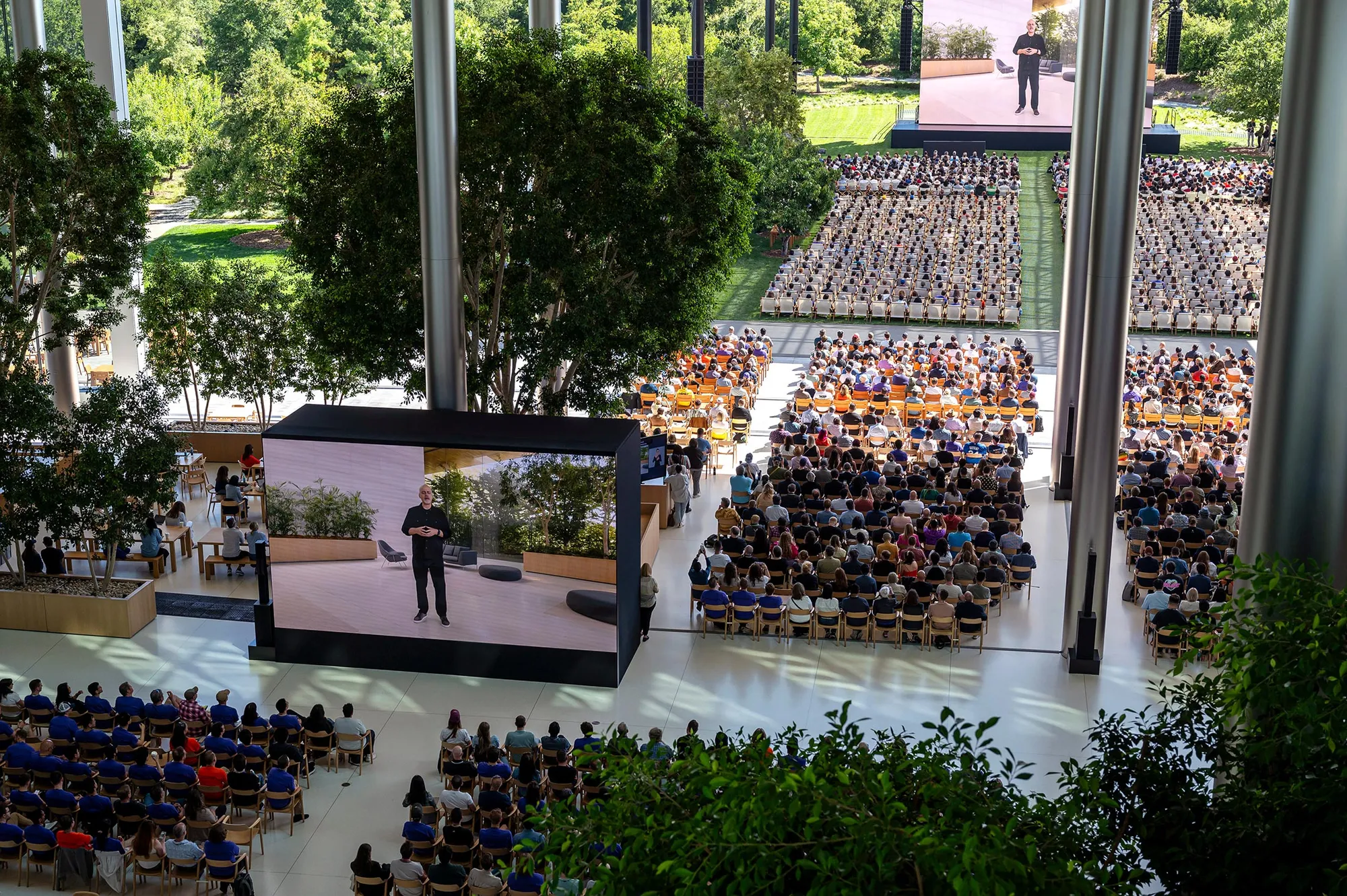
Conclusion: Reshaping the Future on Core Principles?
Apple stands at the crossroads of its AI strategy. On one hand, there is the grand and beautiful future painted by Apple Intelligence; on the other, the harsh reality of product delays, internal conflicts, and organizational turmoil.
Apple leadership: CEO Tim Cook, AI chief John Giannandrea, and software engineering head Craig Federighi
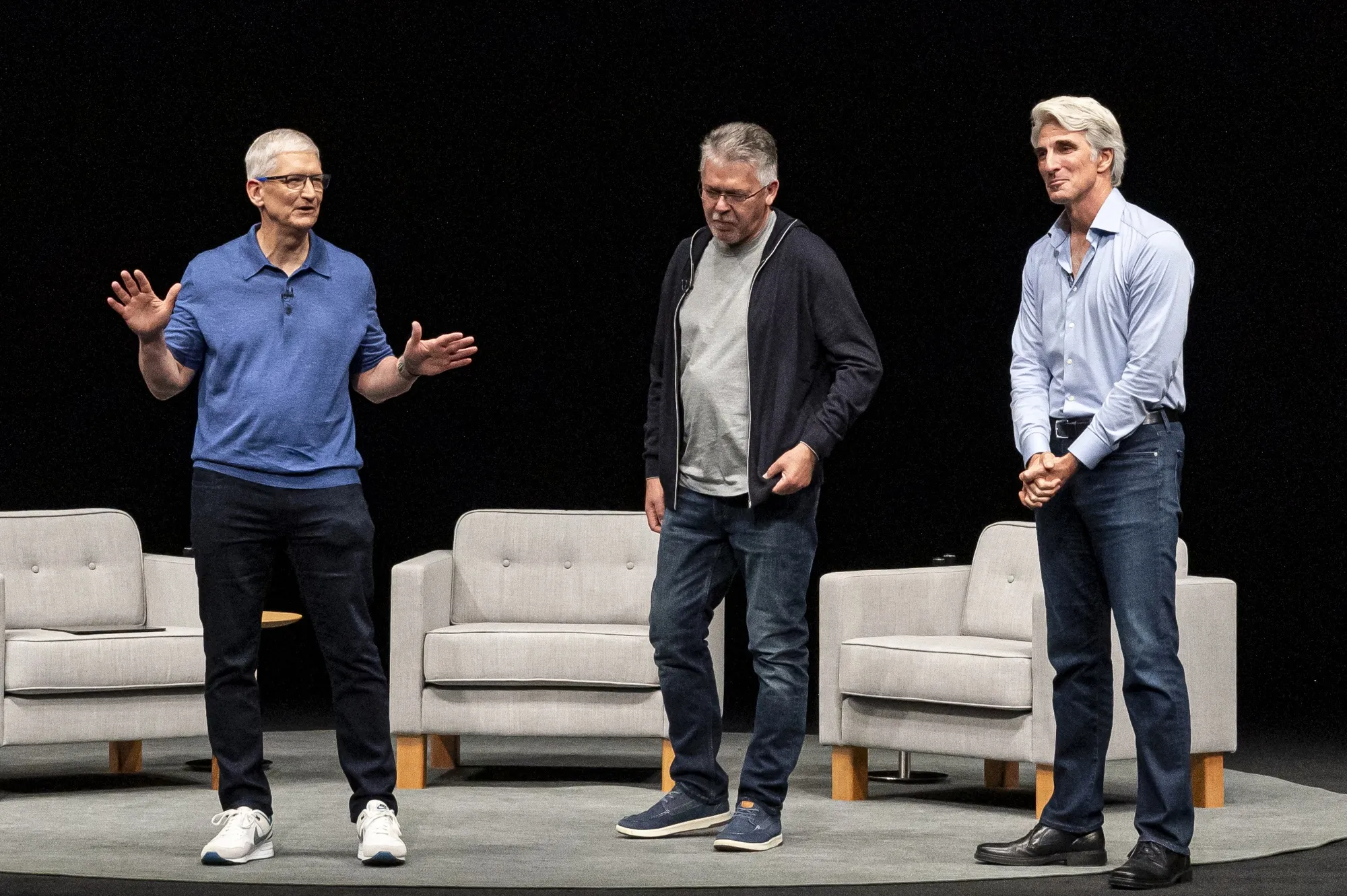
In the face of this crisis, Apple's "pivot" has clearly begun. It is not standing still but is actively exploring new frontiers like robotics and search while attempting to solve deep-rooted internal issues through drastic organizational restructuring. However, whether this pivot can be fast enough and successful enough remains highly uncertain.
Apple's trump cards remain its two long-standing strategic cornerstones: an unwavering commitment to user experience and privacy and continuous investment in vertical integration, especially its custom silicon (Apple Silicon). Together, these form the moat around its product experience. The partnership with OpenAI is a pragmatic move to compensate for current capability gaps, but its long-term strategy of developing core technologies in-house has not wavered.
Ultimately, to answer the trillion dollar question: can Apple pivot fast enough? The answer is complex. Its turn has started, but its speed is constrained by its massive size and deeply ingrained culture. The real test is whether this painful, bone-scraping internal reform can truly break the cultural and organizational deadlock. The ultimate goal is not merely to create smarter features, but to orchestrate a fundamental shift in its ecosystem. The next generation of Apple's universe will not be built around the phone and the cloud, but around AI. In this future, all devices—the Phone, Home Devices, Earbuds, Glasses, Watch, and Computer—will be demoted to spokes, with AI becoming the new center of gravity. Transforming repeatedly delayed promises into the unparalleled, truly intelligent product experience required to realize this vision will not only determine Apple's position in the AI era but will also redefine the future of this tech giant.
